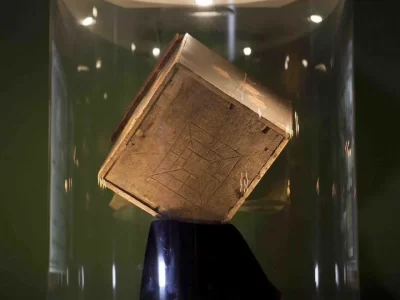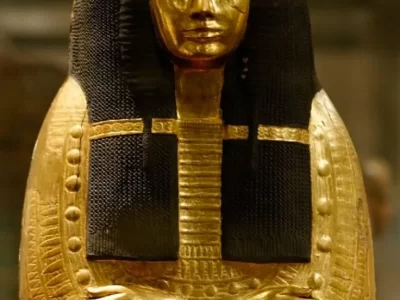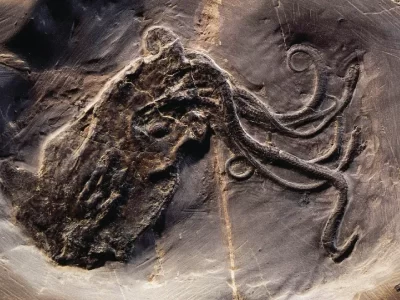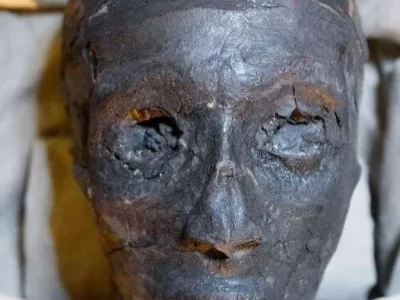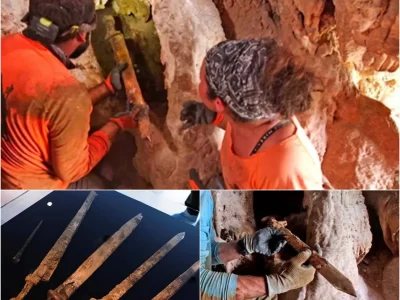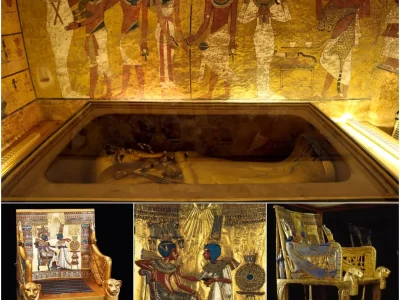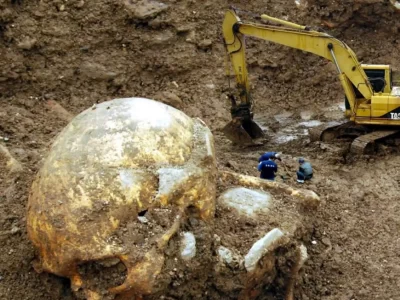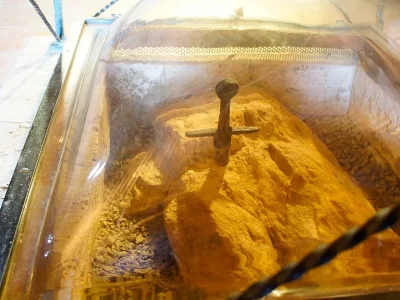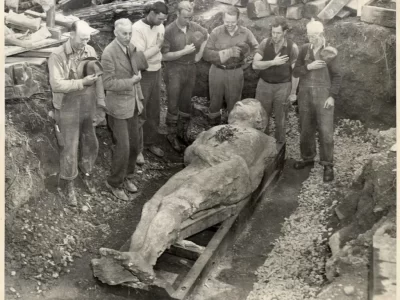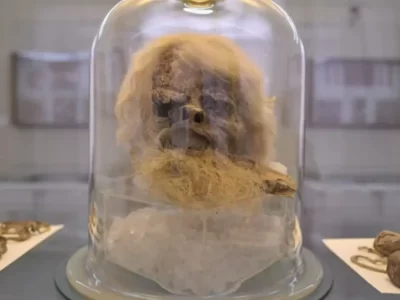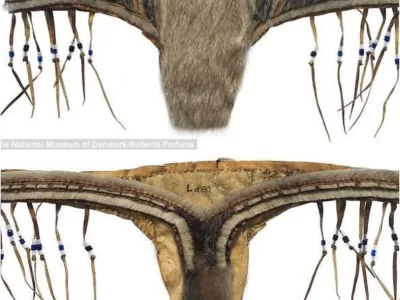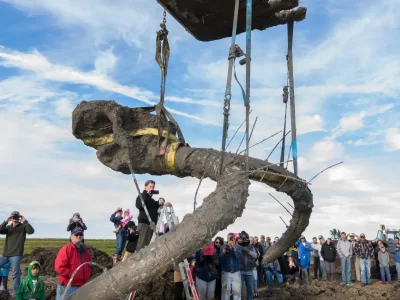05/11/2023 By Kane Khanh
A joint Spanish and Egyptian archaeological team excavating the area around the tomb of 18th Dynasty official Djehuty in the Dra Abul-Naga necropolis on Luxor’s west bank has unearthed a beautifully preserved wooden sarcophagus decorated in an elaborate feather design. This coffin type is known as a Rishi coffin, rishi meaning “feathers” or “wings” in Arabic. Anthropoid wooden coffins shaped like humans with linen-wrapped bodies painted in feathers first appeared in 13th Dynasty (1803 – ca. 1649 B.C.), but the oldest ones surviving date to the 17th Dynasty (ca 1600 – 1550 B.C.). Archaeologists believe this coffin dates to around 1600 B.C.
